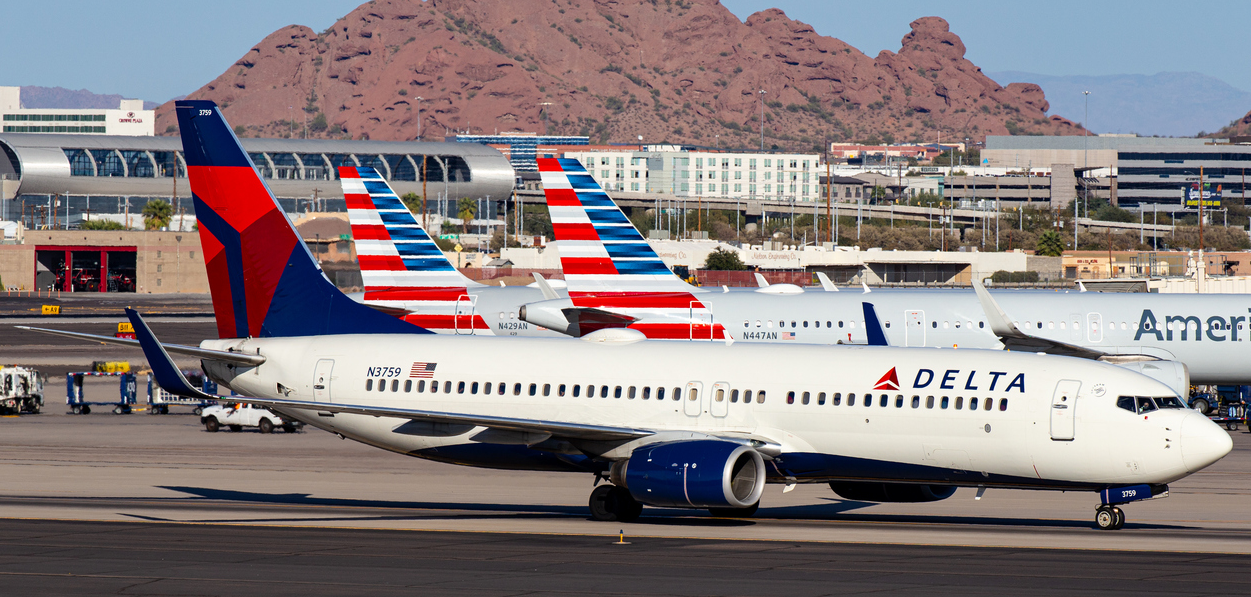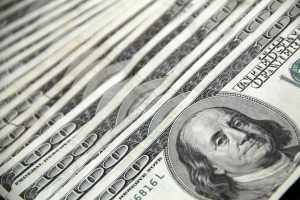The aviation industry was severely hit when the US President announced the 145% tariffs on Chinese products in April. Tycoons like Delta, United Airlines, and American Airlines, which were expecting to see their profits skyrocket this year, adjusted their forecasts on declining demand and steep drops in share prices.
Since the beginning of 2025, these companies have lost between 30% and 40% in stock price. Leading the losers pack was American Airlines, whose stock plummeted 42%, followed by Delta, which was down 38%, and United, which fell 30%. Fears amongst travellers about rising flight costs, lower demand due to tariffs, and airlines’ increasing operating costs were the key drivers of losses.
At the time, a Bloomberg news report also warned about China banning its airline operators from purchasing Boeing aircraft. The ban extended to purchasing equipment and spare parts for US-manufactured aircraft.
Flying through turbulence
That was in April. On May 12, both Washington and Beijing agreed to roll back reciprocal tariffs for an initial period of 90 days. The decision came after prolonged hesitation from both sides and was hailed by global markets.
Airlines were buoyed by the joint statement announcing the “substantial progress” made by both sides, and recovered some of the losses. Faithfully reflecting the state of the economy, the airline industry notoriously pivoted between highs and lows as demand for travel rose or dropped. In this vein, resilience turns out to be the key attribute contributing to the attractiveness of airline stocks.
Airlines have proved to be disciplined over the past year, adapting to demand dips and overcapacity – particularly, during the high season – by reducing routes and flights (example: last summer).
From this perspective, Delta Airlines and United are some of the travel operators worth looking at. Both companies said they’d be paring their capacity growth plans for 2025 in reaction to the slowdown in travel caused by the US-China trade war uncertainty.
Delta and United have gone far beyond main cabin flight options to diversify their revenue streams. And the effort has paid off. Delta’s Q1 earnings showed signs of strength. Although its main cabin passenger revenue dropped 1% year-over-year, to $5.4 billion, its premium product revenue climbed 7% to $4.7 billion.
The airline’s loyalty-related arm also advanced 11% to $940 million during Q1, showing the viability of its SkyMiles programme and the attractiveness of its co-branded American Express cards.
Despite the economic climate’s potential to deteriorate and demand on Delta’s routes might erode further, the company has demonstrated its endurance and adaptability, which might reduce the downside risk.
Meanwhile, the Delta stock trades in the area of $51.05, inching 0.27% lower after market, recovering some of its daily losses on May 19. The upside remains open, as investors are already pricing in a halt on tariffs.
The good news is, Delta is not the only airline benefiting from the tax respite. United Airlines has also shown similar resilience and price trajectory. Let’s take a look!
With a market cap of $22 billion and total debt, finance lease obligations, and other liabilities of $27.7 billion, United may hold potential as management expectations are to break even, “but still positive”.
With a relatively clear growth path, United holds steady. During the earnings call in April, CFO Michael Leskinen said hitting the $7 – $9 EPS range “would justify significant multiple expansion as we will have proven our financial resiliency”.
And it would appear so. On May 17, a Boeing 757-224 operated by United Airlines touched down in Algarve, Portugal. It was the first flight in a summer route connecting the Algarve and New York, according to Portugal Resident.
United Airlines will operate four flights per week until the end of the IATA summer season. “It is with great joy that we are here inaugurating this flight which just arrived,” said United Airline’s European spokesperson, Guido Araújo. “This route is part of a very deliberate and sustainable expansion strategy. We started modestly in 1997 with seasonal flights from Lisbon to New York. Today, we celebrate seven routes to Portugal across five destinations.”
Bolstered by good fundamentals, the United stock was last seen at $78.51, holding steady within its 52-week price range of $37.02 – $116.00. On May 19, UBS raised its ratings for the United stock from “Neutral” to “Buy”, raising its price target to $105 from $67. Will United meet or beat expectations? Log in to TibiGlobe and find out.
Risk Warning: Contracts for Difference (CFDs) are complex financial instruments and may not be suitable for all investors. Trading CFDs involves substantial risks of losing your invested capital. It’s important to note that CFDs are a leveraged product, which means they can magnify both potential gains and losses. It’s crucial to understand that CFD traders do not possess ownership or rights to the underlying assets.








